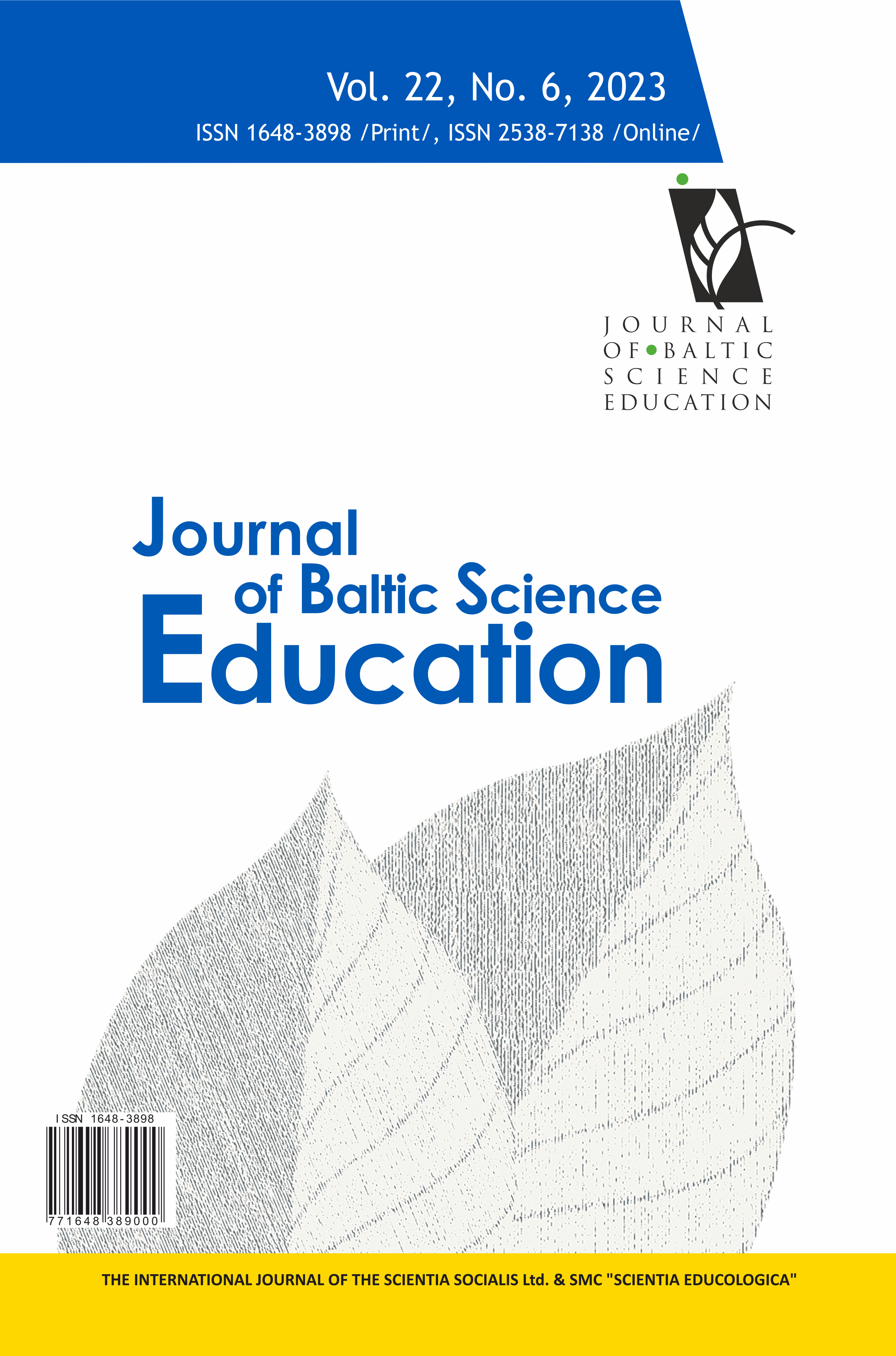PREDICTING SITUATIONAL INTEREST BY INDIVIDUAL INTEREST AND INSTRUCTIONAL ACTIVITIES IN PHYSICS LESSONS: AN EXPERIENCE SAMPLING APPROACH
PREDICTING SITUATIONAL INTEREST BY INDIVIDUAL INTEREST AND INSTRUCTIONAL ACTIVITIES IN PHYSICS LESSONS: AN EXPERIENCE SAMPLING APPROACH
Author(s): Rauno Neito, Elisa Vilhunen, Jari Lavonen, Kaido ReiveltSubject(s): Social Sciences, Education, Pedagogy
Published by: Scientia Socialis, UAB
Keywords: situational interest; instructional activities; lower secondary school physics; physics education; experience sampling method;
Summary/Abstract: Enhancing interest in physics learning has been an important component of education policy and policy implementation for decades. However, in many countries, student interest in physics has not increased. The aim of this study was to predict situational interest using individual interest and the instructional activities students engaged in. Also, the suitability of the data collection approach to measure situational interest was assessed. A teaching module about real-world oscillations was implemented to 179 Estonian lower secondary school students. Data about situational interest were collected using the experience sampling method (ESM), which was measured three times during the module. The results indicated that gender, grade, and instructional activities did not predict situational interest. Individual interest was a significant predictor and correlation with situational interest increased with time, contrary to previous findings. The ESM approach used in this study was considered to be effective in disturbing students’ study flow minimally but may have affected the amount of missing data. This study contributes to the research done on student interest in a classroom setting by indicating a more complex relationship between situational and individual interest than previously suggested.
Journal: Journal of Baltic Science Education
- Issue Year: 22/2023
- Issue No: 6
- Page Range: 1063-1073
- Page Count: 11
- Language: English

